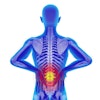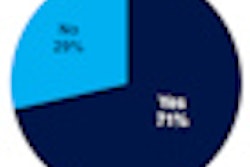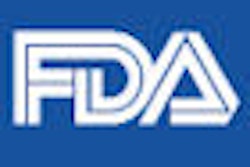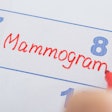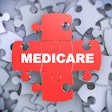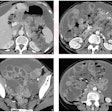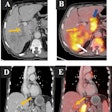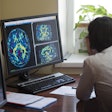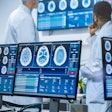Developed by radiologists at the Hospital of the University of Pennsylvania, the software allows users to record procedural information, severity of any complications, pathology, and diagnostic yield for all image-guided diagnostic procedures performed through the radiology department's abdominal and cardiothoracic imaging sections. The software also records use of the hospital's adverse event reporting system.
Data are displayed in real-time on a dashboard. The performance of trainees can be individually monitored with their peers and measured against established benchmarks. Corrective action can be taken promptly, according to presenter Dr. Asheesh Harsha, a radiology resident.
Over a seven-month evaluation period in which 569 image-guided procedures were performed, complication rates by site ranged from 24% for native kidney and lung biopsies to none at all for thyroid nodules and lymph nodes. Diagnostic yield ranged from 60% for pleural masses to 100% for native kidneys.

